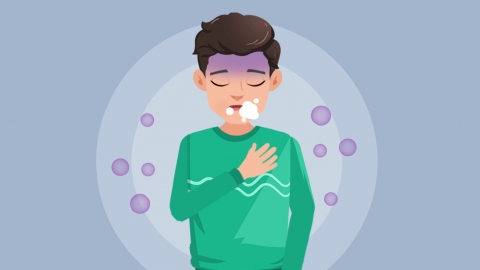What is oxygen toxicity?
Under normal circumstances, oxygen toxicity refers to a toxic reaction caused by excessive or prolonged inhalation of high-concentration oxygen under hyperbaric conditions, leading to damage in body tissues and organs. This does not occur during regular oxygen inhalation from ambient air. The detailed explanation is as follows:

From the perspective of pathogenesis, the key triggers for oxygen toxicity are high oxygen concentration and high-pressure environments. It commonly occurs among divers using hyperbaric oxygen equipment, patients undergoing hyperbaric oxygen therapy with improper procedures, or individuals inhaling pure oxygen for extended periods in confined spaces. The oxygen concentration in normal air is approximately 21%, a level to which the human body is well adapted over time. When inhaled oxygen concentration exceeds 60% for prolonged durations, or when oxygen is breathed under high pressure, excessive oxygen free radicals are produced in the body, damaging cellular structures and affecting organs such as the lungs and brain.
Oxygen toxicity may manifest with various symptoms. Pulmonary involvement can lead to coughing, chest tightness, and difficulty breathing, while central nervous system involvement may result in headache, nausea, and convulsions. There is no need to worry about oxygen toxicity during normal daily breathing; however, proper protocols should be observed in special oxygen-supply scenarios.






